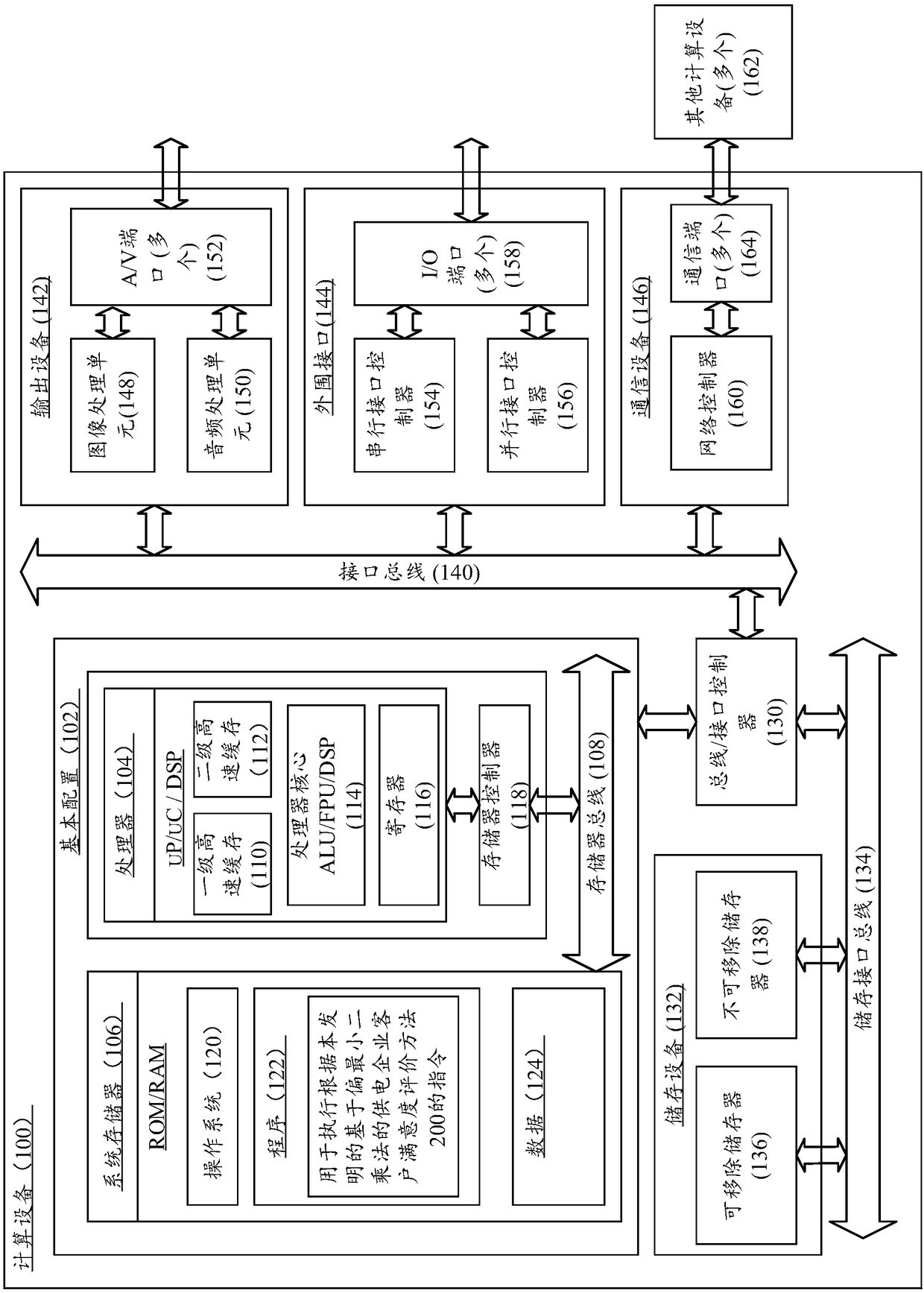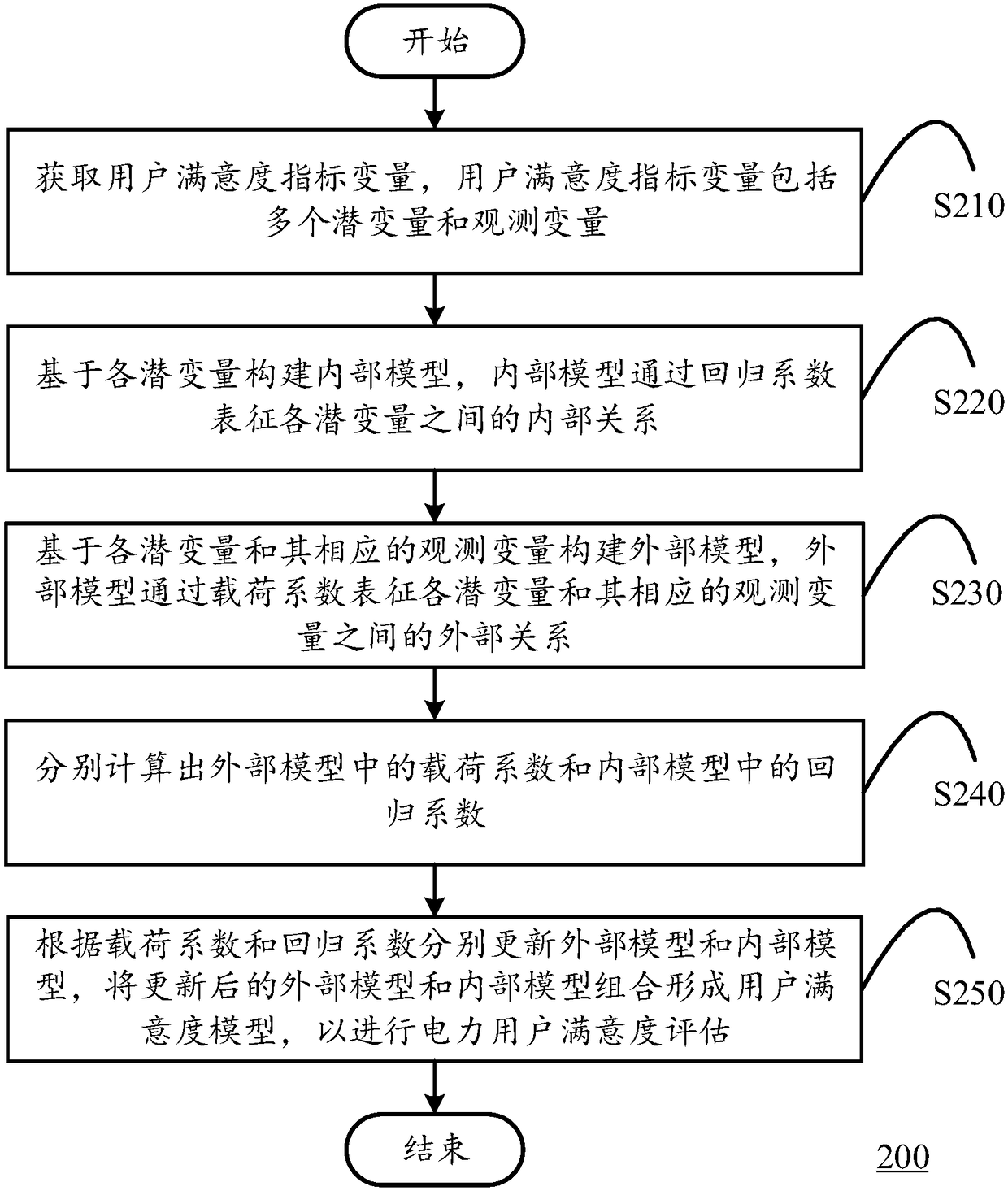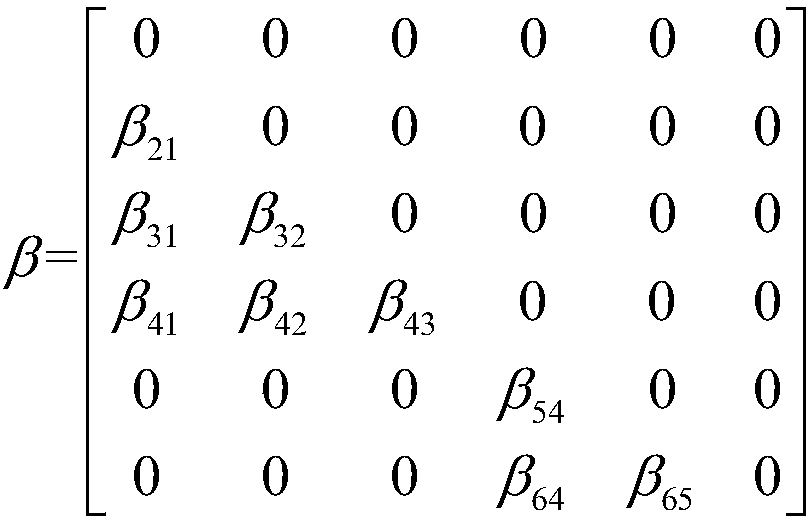Power supply enterprise customer satisfaction evaluation method based on partial least square method
A technology based on partial least squares and enterprise customers, applied in the field of power supply enterprise customer satisfaction evaluation method and computing equipment based on partial least squares, can solve the problems of few applications, no model verification, only applicable customer satisfaction index, etc. , to achieve the effect of ensuring practicality and improving accuracy
- Summary
- Abstract
- Description
- Claims
- Application Information
AI Technical Summary
Problems solved by technology
Method used
Image
Examples
Embodiment Construction
[0034] Exemplary embodiments of the present disclosure will be described in more detail below with reference to the accompanying drawings. Although exemplary embodiments of the present disclosure are shown in the drawings, it should be understood that the present disclosure may be embodied in various forms and should not be limited by the embodiments set forth herein. Rather, these embodiments are provided for more thorough understanding of the present disclosure and to fully convey the scope of the present disclosure to those skilled in the art.
[0035] figure 1 is a block diagram of an example computing device 100 . In a basic configuration 102 , computing device 100 typically includes system memory 106 and one or more processors 104 . A memory bus 108 may be used for communication between the processor 104 and the system memory 106 .
[0036] Depending on the desired configuration, processor 104 may be any type of processing including, but not limited to, a microprocess...
PUM
 Login to View More
Login to View More Abstract
Description
Claims
Application Information
 Login to View More
Login to View More - R&D
- Intellectual Property
- Life Sciences
- Materials
- Tech Scout
- Unparalleled Data Quality
- Higher Quality Content
- 60% Fewer Hallucinations
Browse by: Latest US Patents, China's latest patents, Technical Efficacy Thesaurus, Application Domain, Technology Topic, Popular Technical Reports.
© 2025 PatSnap. All rights reserved.Legal|Privacy policy|Modern Slavery Act Transparency Statement|Sitemap|About US| Contact US: help@patsnap.com



